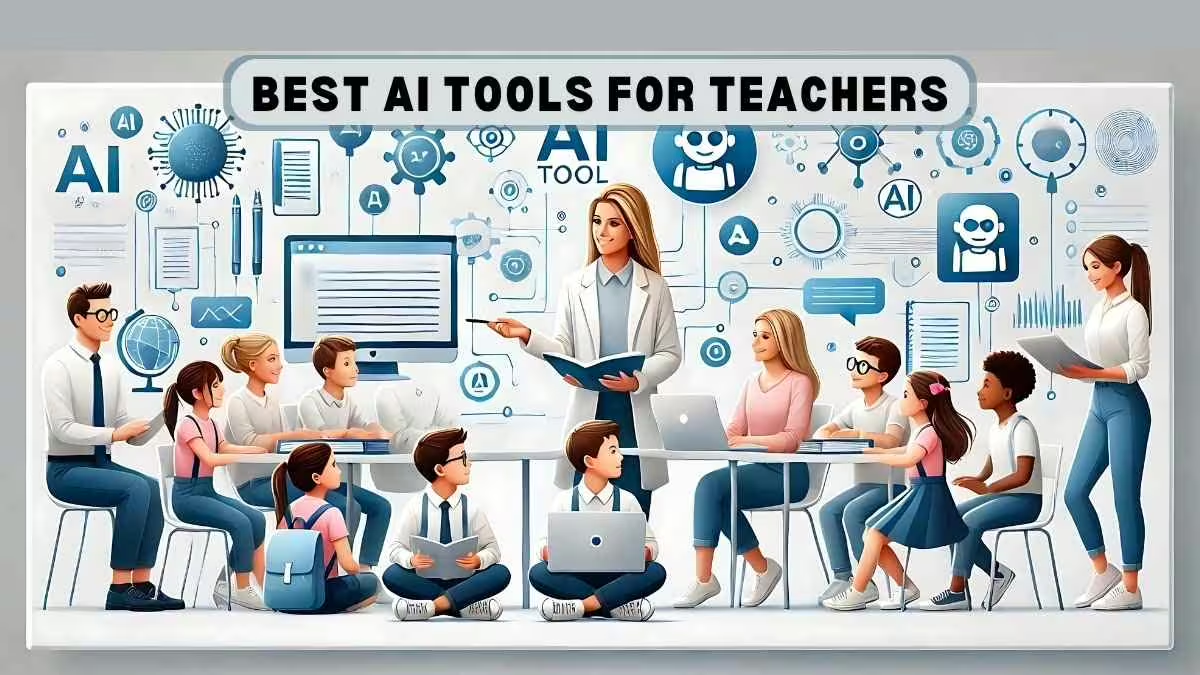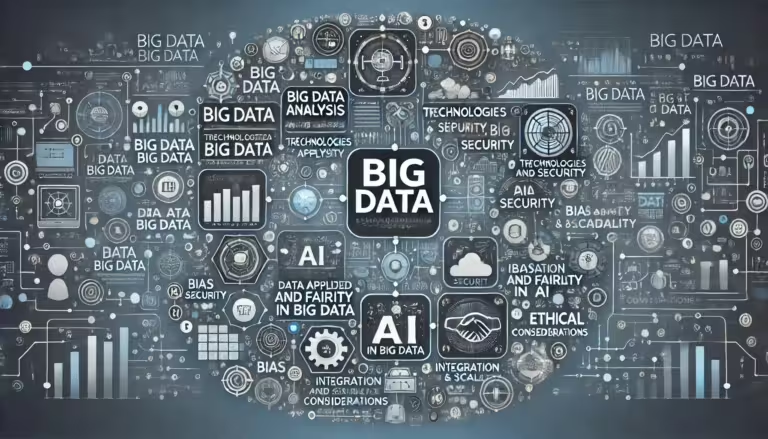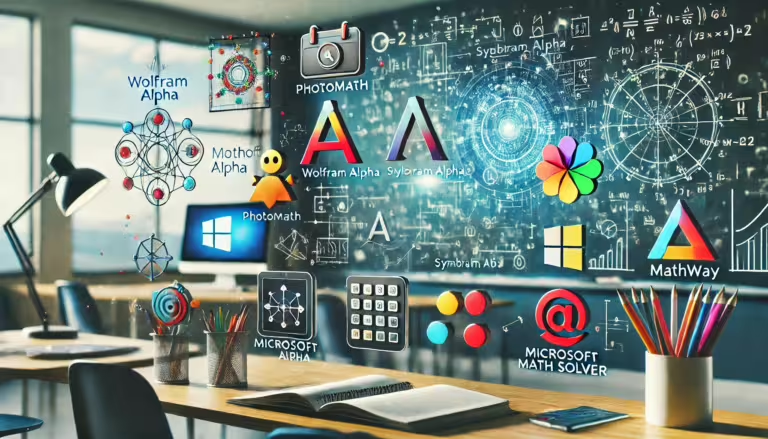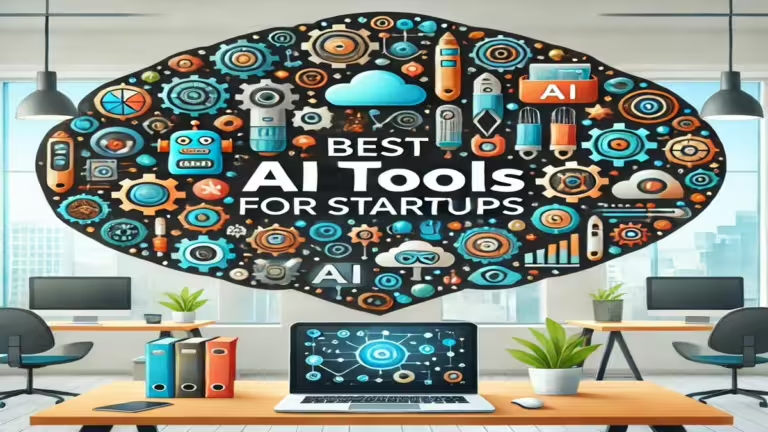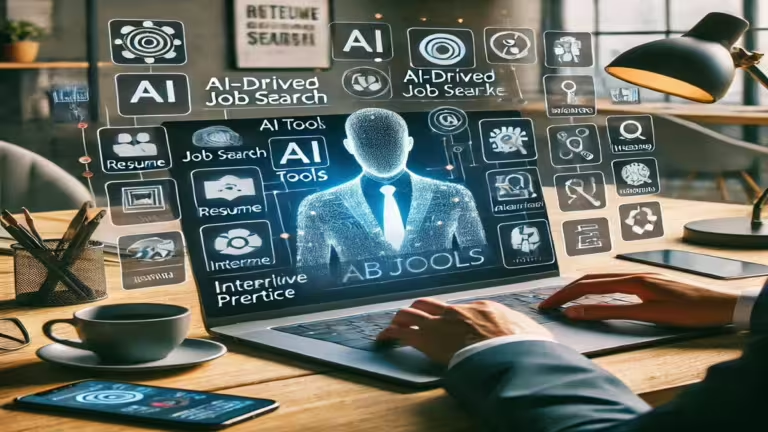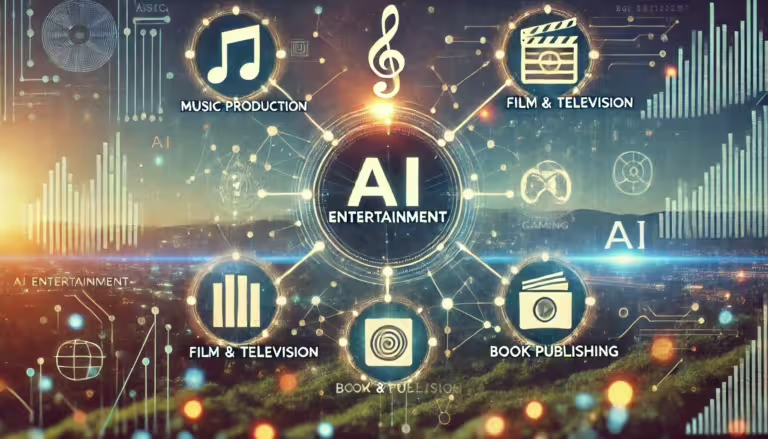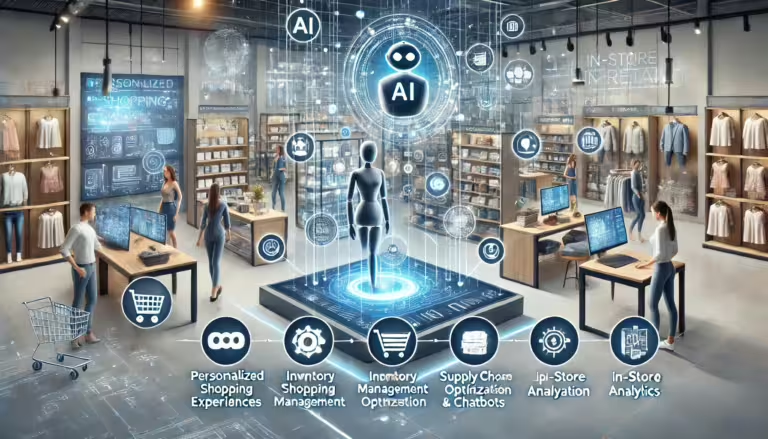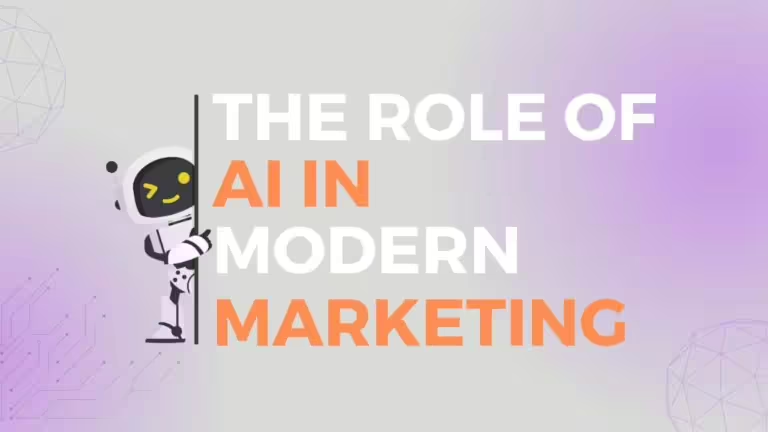The landscape of education is continually evolving, and one of the most significant catalysts for change in recent years has been artificial intelligence (AI). For teachers, AI tools are not just enhancing the classroom experience but also transforming the way education is delivered. In this blog post, we will explore the best AI tools for teachers that are redefining the teaching experience. Whether you’re looking to streamline administrative tasks, personalize student learning, or gain insights from data analytics, these AI tools are indispensable.
Why AI Tools are Essential for Modern Teaching
AI tools are becoming a staple in modern education due to their ability to handle a variety of tasks efficiently and effectively. From grading and lesson planning to providing personalized feedback and automating administrative duties, AI tools save time and improve educational outcomes. Here’s why every modern teacher should consider integrating AI into their teaching practices:
- Efficiency in Administrative Tasks: AI can automate routine tasks such as attendance tracking, grading, and scheduling, allowing teachers to focus more on student engagement and instruction.
- Personalized Learning Experiences: AI-powered platforms can analyze student performance and learning styles, offering personalized content and recommendations to cater to individual needs.
- Enhanced Data Analytics: AI tools provide valuable insights into student progress and areas of improvement, helping teachers tailor their teaching strategies accordingly.
- Interactive Learning: Many AI tools offer interactive and immersive learning experiences through virtual and augmented reality, making learning more engaging and effective.
Related Post : 10 Best AI Tools For Making Presentations
Top AI Tools for Teachers
1. Google Classroom
Google Classroom is an AI-driven platform that simplifies the creation, distribution, and grading of assignments. It integrates seamlessly with other Google tools, providing a comprehensive solution for classroom management.
- Features:
- Automated grading and feedback.
- Integration with Google Docs, Sheets, and Slides.
- Real-time collaboration and communication.
2. Grammarly
Grammarly uses AI to assist with writing, ensuring that teachers and students alike can produce clear, concise, and error-free content. It is particularly useful for grading written assignments and providing constructive feedback.
- Features:
- Grammar and spell check.
- Plagiarism detection.
- Writing enhancement suggestions.
3. Kahoot!
Kahoot! is a game-based learning platform that uses AI to make learning fun and interactive. Teachers can create quizzes, surveys, and discussions to engage students and reinforce learning objectives.
- Features:
- Interactive quizzes and games.
- Real-time data on student performance.
- Customizable content for different subjects and grade levels.
4. Coursera for Educators
Coursera offers a wide range of AI-driven courses and specializations for educators looking to enhance their skills and knowledge. The platform uses machine learning algorithms to recommend courses based on the user’s interests and professional needs.
- Features:
- Personalized course recommendations.
- Access to courses from top universities and institutions.
- Certificates and specializations to enhance professional development.
5. Edmodo
Edmodo is an AI-powered social learning platform that connects teachers with students and parents. It facilitates communication, collaboration, and resource sharing, making it easier to manage classroom activities.
- Features:
- Class management tools.
- Communication channels for teachers, students, and parents.
- Resource library and content recommendations.
6. Century Tech
Century Tech leverages AI to create personalized learning paths for students. It uses data analytics to identify learning gaps and recommend resources to address them, ensuring that each student progresses at their own pace.
- Features:
- Personalized learning plans.
- Data-driven insights into student performance.
- Interactive and adaptive learning content.
7. Quizlet
Quizlet is an AI-enhanced study tool that allows teachers to create flashcards, quizzes, and interactive games. It adapts to each student’s learning style and pace, providing a personalized study experience.
- Features:
- Adaptive learning algorithms.
- Customizable flashcards and quizzes.
- Progress tracking and analytics.
Additional AI Tools Worth Exploring For Teachers
8. Microsoft Teams for Education
Microsoft Teams for Education is an AI-powered collaborative platform that integrates with Office 365. It facilitates communication, collaboration, and classroom management, offering a unified solution for educational institutions.
- Features:
- Integration with Office 365 tools.
- Automated meeting scheduling and reminders.
- Real-time collaboration and communication.
9. Squirrel AI
Squirrel AI is an adaptive learning platform that uses AI to provide personalized education. It assesses students’ strengths and weaknesses and tailors content to meet their individual needs.
- Features:
- AI-driven diagnostic assessments.
- Personalized learning paths.
- Real-time feedback and progress tracking.
10. Turnitin
Turnitin is an AI-based plagiarism detection tool that helps teachers ensure academic integrity. It checks students’ work against a vast database of sources, highlighting potential instances of plagiarism and providing detailed reports.
- Features:
- Comprehensive plagiarism detection.
- Detailed originality reports.
- Integration with various learning management systems.
11. Brainly
Brainly is a student-driven question-and-answer platform that uses AI to moderate content and ensure accuracy. It connects students with experts and peers who can help with their studies.
- Features:
- AI moderation to ensure content quality.
- Community-driven learning and support.
- Real-time help with homework and study questions.
How to Integrate AI Tools into Your Teaching Practice
Integrating AI tools into your teaching practice can seem daunting, but with a strategic approach, it can significantly enhance your teaching effectiveness and student outcomes. Here’s how to get started:
- Assess Your Needs: Identify the areas where you need the most assistance, whether it’s administrative tasks, personalized learning, or data analysis.
- Choose the Right Tools: Based on your needs, select the AI tools that best align with your teaching goals and objectives.
- Get Trained: Many AI tools offer tutorials and training sessions. Take advantage of these resources to become proficient in using the tools.
- Start Small: Begin by integrating one or two AI tools into your routine. Gradually expand as you become more comfortable and proficient.
- Monitor and Adjust: Continuously monitor the effectiveness of the AI tools and make adjustments as needed. Gather feedback from students and colleagues to refine your approach.
Challenges and Considerations
While AI tools offer numerous benefits, it’s essential to be aware of potential challenges and considerations:
- Data Privacy: Ensure that any AI tool you use complies with data privacy regulations and safeguards student information.
- Cost: Some AI tools can be expensive. Consider your budget and explore free or lower-cost alternatives if necessary.
- Training and Support: Effective use of AI tools requires adequate training and support. Make sure these resources are available before committing to a particular tool.
- Digital Divide: Be mindful of the digital divide among students. Ensure that all students have access to the necessary technology to benefit from AI tools.
Also Read : Best AI Tools For Content Writing
Future Trends in AI for Education
The integration of AI in education is just beginning, and the future holds even more exciting possibilities. Here are some trends to watch:
- AI Tutors and Teaching Assistants: As AI becomes more sophisticated, virtual tutors and teaching assistants will provide personalized support to students, helping them learn at their own pace.
- AI-Driven Content Creation: AI will assist teachers in creating customized lesson plans, quizzes, and other educational materials, saving time and ensuring content is tailored to student needs.
- Emotion Recognition Technology: AI systems that can recognize and respond to students’ emotions will help create more supportive and responsive learning environments.
- Augmented Reality (AR) and Virtual Reality (VR): The use of AR and VR in education will expand, providing immersive learning experiences that enhance understanding and retention.
Conclusion
AI tools are revolutionizing education, offering unprecedented opportunities for teachers to enhance their teaching practices and improve student outcomes. By integrating the best AI tools, you can streamline administrative tasks, personalize learning experiences, and gain valuable insights into student performance. Embrace the power of AI to redefine your teaching experience and prepare your students for a future where technology plays an integral role in education.
